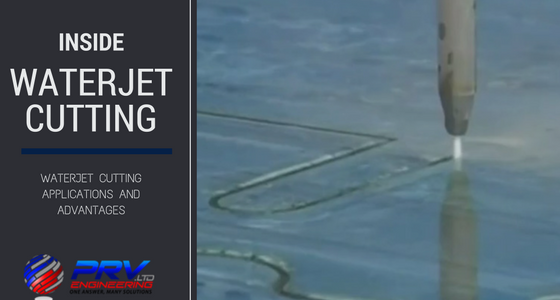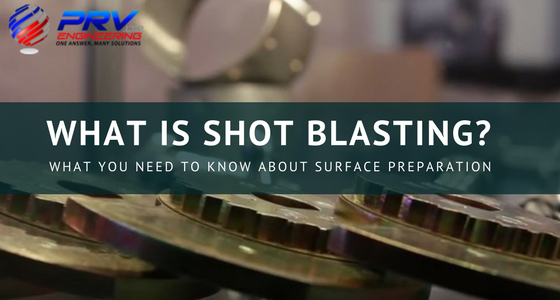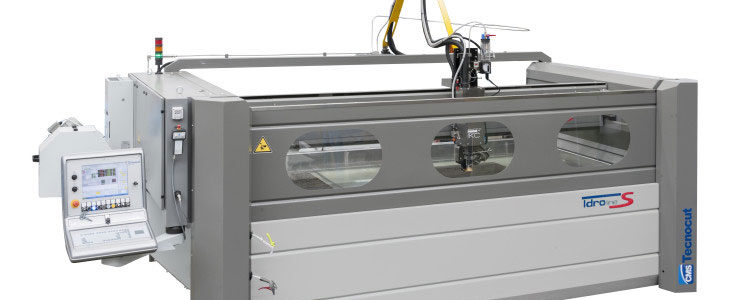History of Waterjet cutting
Waterjet cutting is often used during the fabrication process of machine parts. A waterjet cutter, also known as a waterjet, is an industrial tool capable of cutting a wide variety of materials using a very high-pressure jet or stream of water. A mixture of water and an abrasive substance is also used in many applications.
Early waterjet machines could only cut softer materials as they had low pressure and could not handle harder materials and metals. They added an abrasive to the waterjet cutting nozzle in an attempt











Recent Comments